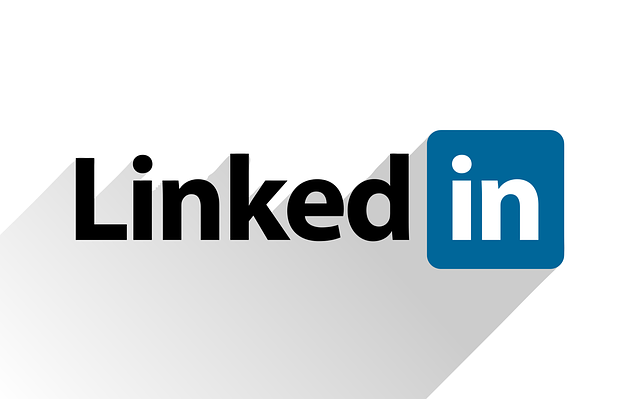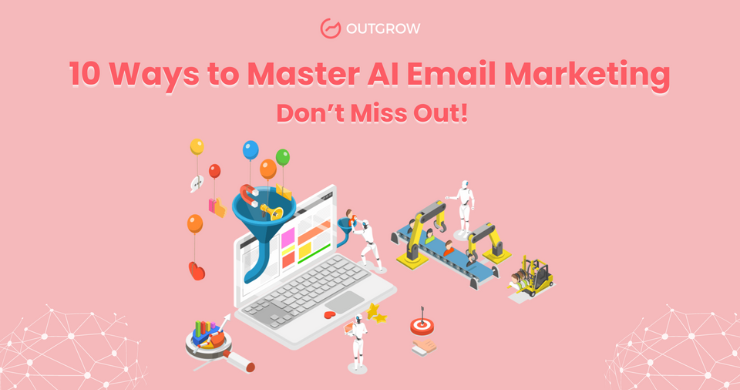
LinkedIn Affiliate Marketing
In simple terms, utilizing LinkedIn as an affiliate marketer involves establishing connections and utilizing them to promote your products and services. Depending on the agreed terms of your selected affiliate program, you can earn a fixed or percentage-based commission for each referral.
Although there are some distinctive variations, LinkedIn provides numerous opportunities for affiliate marketers to integrate their links, similar to any other website or social platform.
Getting Your Company Started on LinkedIn
Create a Company LinkedIn Profile
To begin, it is essential to have a company page before engaging with LinkedIn. Upon joining the platform, it is crucial to ensure that your profile is distinct, easily discoverable, and engaging. If you are a business, you should customize your page according to brand guidelines, encompassing visuals, colors, wording, and content, all while capturing the interest of any visitors.
When creating your LinkedIn profile, approach it with the same caution as you would with any other social media profile. Ensure that it aligns with your company’s standards and does not deviate from your website’s image. In fact, it is best if it appears quite similar to your website, so that potential customers find it appealing when redirected to your site.
Make sure to regularly update your company page.
Similar to how you would frequently update your company’s Twitter or Facebook page, it is important to consistently generate content for your LinkedIn profile. This method ensures that individuals continue to engage with your brand, stay interested in your messages, stay informed about your upcoming products, and view your previous notable projects.
Consider this as a platform to update your followers and network about brand updates. Additionally, make an effort to engage with other users on the platform to keep your profile lively. It’s impossible to predict the opportunities that may arise from connecting with different profiles.
Encourage your employees to start utilizing the platform.
If you want to significantly increase the value of your LinkedIn platform, it is recommended that you involve some of your employees in the LinkedIn realm. By creating their own personal profiles, they can actively interact with your content and distribute it within their own network.
By utilizing your employees’ networks, you can effectively promote your company as they are its strongest supporters. Whether they engage with your posts or add your company to their profiles, it will draw attention to your LinkedIn page, facilitating its discoverability by others.
Leveraging LinkedIn as a Marketing Tool
After setting up your company page, the next step is to progress to the next stage: comprehending how you can optimize the advantages provided by LinkedIn for your company. Merely liking every post you come across and connecting with anyone who visits your company page will not yield any outcomes.
Instead, you ought to spend time devising an affiliate marketing strategy to maximize your use of all the resources on your LinkedIn profile.
How do you approach the process of developing a plan? While LinkedIn has various ways to assist your business, it is essential to clarify your objectives initially. Do you aim to establish your brand as an industry authority or are you focused on expanding your network to enhance the effectiveness of marketing strategies?
When it comes to achieving your desires, it is beneficial to begin with the fundamentals: comprehending your target audience, determining your digital production objectives, and more. Specifically, it is crucial to have a specific aim in mind – an objective that you aspire to accomplish as time progresses.
Having goals for yourself can also yield significant results, as they provide measurable benchmarks to track over time. In a performance marketing campaign, these benchmarks can be evaluated using affiliate tracking software to easily identify the connections made and the businesses to be targeted for marketing.
If, by this stage, you haven’t yet determined your audience and the individuals you aim to reach, there is no time to waste. Having a specific target loses significance if you are unaware of your intended recipients, hence it is crucial to comprehend the intended audience for your affiliate marketing strategy.
How To Use LinkedIn For Affiliate Marketing
Use In-Platform Affiliate Links Sparingly
You are free to incorporate affiliate links in your LinkedIn posts, blogs, comments, or direct messages without any hindrance. Nonetheless, it is wise to exercise caution. To begin with, many affiliate programs require you to include a disclaimer when sharing your links.
Furthermore, LinkedIn has the capability to automatically shorten links in posts.
Including affiliate links in a manner that conceals the destination may lead to people not recognizing them, thus undermining their value. Although unintentional, it is important to ensure that one’s intent is not perceived as deceptive.
In the end, just like any other social platform, it is important not to excessively post affiliate links on LinkedIn. If you continuously do so, your followers will lose interest and there is a possibility of having your account limited or blocked.
Adopt An Inbound Marketing Approach
If you are restricted from excessively sharing links on LinkedIn, how can you generate income from your preferred affiliate program? The solution is straightforward: approach it as a form of inbound marketing.
You can direct individuals to a blog post or create a landing page furnished with a lead capture form to obtain email addresses. This approach enables you to initiate the formation of a mailing list, providing an additional opportunity to incorporate your affiliate links.
Be Smart About Sponsored Content
Sponsored content on LinkedIn has both positive and negative aspects. On the positive side, it can help you reach a larger audience of potential customers. However, it is important not to underestimate the impressions generated by organic activity.
The numbers generated by those ads significantly overshadow it. Conversely, advertising on LinkedIn is notably costlier compared to Facebook, Instagram, or Twitter, making it exclusively suitable for high-value affiliate programs.
Still, it will significantly reduce your profits. Therefore, the majority of affiliates should focus on LinkedIn’s true advantage – natural engagement. Why? Because it surpasses other platforms by a considerable margin.
The average organic engagement rate on Facebook is a measly 0.18%.
Build An Audience On LinkedIn
In terms of gaining followers, personal profiles have a distinct advantage compared to company pages. In other words, individuals are more likely to engage with personal profiles rather than company pages. Although there is a lack of current data to confirm this, a study conducted by Forrester during the time when Google+ was popular reveals that LinkedIn company pages have an average engagement rate of only 0.054%.
If your company page has 10,000 followers, typically each post will receive an average of 5.4 interactions. In comparison, a good engagement rate for a personal account on Linkedin is approximately 2%.
Furthermore, company pages offer restricted functionality.
If you intend to incorporate LinkedIn into your affiliate marketing strategy, ensure that you do so using a personal profile, which entails actively building a personal audience.
Nail Your Posting Strategy
In order to gain a dedicated audience, it is imperative to consistently provide people with a compelling reason to engage with you. However, as an affiliate marketer, it is crucial to determine the optimal frequency and timing for your posts. Luckily, we have some statistics that can assist us in addressing these inquiries.
Clicks significantly decrease after surpassing a posting frequency of five times a week, equivalent to one post per working day. Pages with a minimum of 100 followers typically receive an average of two clicks per post for their first two weekly posts.
After reaching the 10th post in a week, the number of clicks decreases to approximately 0.5. This probably occurs because LinkedIn discourages users from spamming their network with excessive activity. Prioritizing quality rather than quantity is also advised.
When it comes to choosing timings, you can count on Tuesdays and Wednesdays for the most favorable outcome. If you plan to post more than twice a week, any weekday is suitable, except for weekends which should be avoided.
Add Value When You Post
At present, there is a dedicated Twitter account solely focused on sharing terrible LinkedIn posts, which currently has a following of 172,000 users. To prevent yourself from making the same mistake as those unfortunate individuals, ensure that the content you share on LinkedIn truly contributes value by being helpful and insightful.
Instead of immediately starting a sales pitch, it is important to recognize that the average LinkedIn user is too knowledgeable for such an approach. Instead, center your efforts on addressing the specific needs and desires of the individuals you are trying to connect with by providing them with content that helps overcome their challenges or accomplish their objectives.
Use Eye-Catching Formats
Although a basic blog post or text-only update can be effective, it is advisable to experiment with more attention-grabbing content formats. Incorporating visual elements such as images and videos can make your affiliate marketing content more noticeable amidst the numerous posts on LinkedIn.
LinkedIn members are significantly more inclined to share videos compared to any other type of post, making it possible for your content to reach a larger audience (increasing the likelihood of receiving more clicks on your affiliate links).
Join In The Conversation
Despite LinkedIn being commonly referred to as a business networking platform, it should be acknowledged that it is essentially a social network. The crucial aspect of fostering a following lies in embracing its social nature. Regrettably, there are no quick or easy methods to achieve this.
To truly appear as a member of a community, you must actively participate by joining the same groups as the individuals you aim to connect with, engage in conversations, and promptly reply to comments on the posts and content you distribute.
If you want affiliate marketing strategies that require minimal effort but yield high results, this is not what you’re looking for. Conversely, once you establish yourself as a reliable and knowledgeable member of the community, your life as an affiliate marketer becomes easier.
At that stage, individuals will willingly explore a product or service that you endorse. Although it takes time, the outcomes are valuable.


